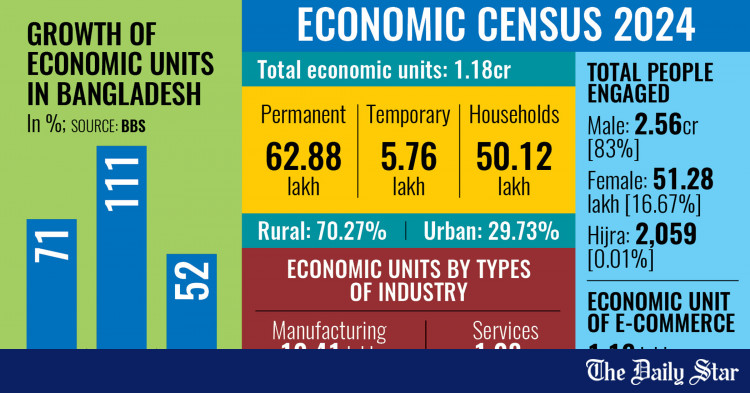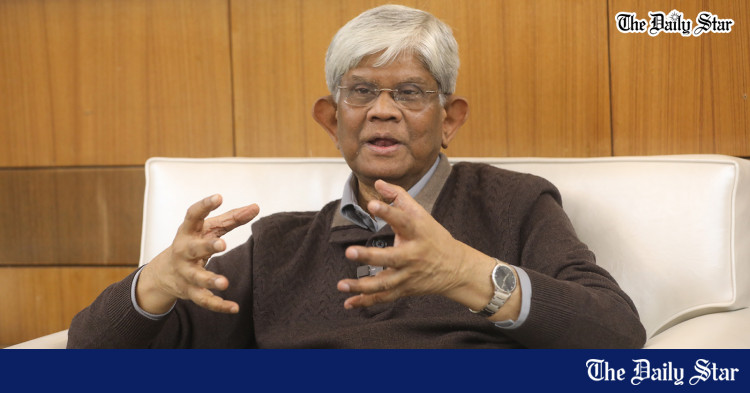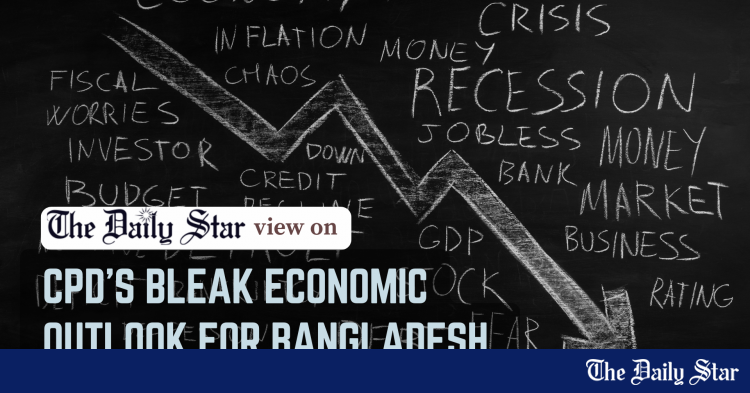Krishna with Flute
Senior Member
- Joined
- Jan 26, 2024
- Messages
- 4,105
- Reaction score
- 1,939
- Points
- 209
- Axis Group


Next budget to focus more on revenue
Revenue generation will continue to get priority in the next budget as the interim government wants to pull up the country’s falling tax-GDP ratio.www.newagebd.net
Next budget to focus more on revenue
Shakhawat Hossain 25 January, 2025, 23:24
View attachment 13648
Economists want curb on corruption in NBR
Revenue generation will continue to get priority in the next budget as the interim government wants to pull up the country’s falling tax-GDP ratio.
Finance ministry officials said that they had focused on half a dozen areas to increase the revenue generation in the coming financial year of 2025–26 beginning from July 2025.
Rationalisation of income tax waivers will get top focus along with imposing 15 per cent Value Added Tax on most of the consumer goods, they said referring to the proposed revenue mobilisation target at Tk 5.5 lakh crore in FY2025–26.
Economists said that the finance adviser should also come up with specific proposals to curb revenue leakages and corruption by the tax officials which, according to them, significantly contributes to the falling tax-GDP ratio.
The National Board of Revenue in a report released in December 2024 has calculated that Tk 1,15,056 crore was exempted in direct taxes during FY2021–22, almost 2.9 per cent of the GDP in that financial year.
Of that exempted amount, Tk 71,394 crore or more than 60 per cent is linked to the exemption of corporate income tax.
The overall amount of revenue losses due to exemptions reached over Tk 1,50,000 crore in the past FY2023–24, said the finance ministry officials.
The interim government like the ousted Awami League regime is committed to the International Monetary Fund to reduce the tax exemption under the on-going $4.7 billion loan programme.
Tax exemption has been identified as a major reason for the country’s tax-GDP ratio falling over the last ten years with it dropping below 8 per cent in FY2023–24 from 9 per cent in 2013–14.
The low revenue has been a persistent headache for the successive governments, said Mustafa K Mujeri, executive director of the Institute for Inclusive Finance and Development.
Resource crunch has constrained the government’s ability to allocate adequate fund for social protection amid high inflation prevailing persisting over the past three years, he said, adding that public expenditures on health and education were decreasing.
Revenue shortages also forced the government to rely on borrowing sending public debt to an unsustainable level, according to the ‘Medium-term macroeconomic policy statement from 2024–25 to 2026–27’ report by the finance division.
Economists said that revenue mobilisation measures were taken in the past also but failed to bring much results due to corruption by the tax officials and revenue leakages.
Unless the interim government could effectively curb corruption, there is no guarantee that the proposed tax measures would pay, said former World Bank Dhaka office chief economist Zahid Hussain.
He suggested automation of revenue collection as a step to check corruption helping generate more revenues.
The recently prepared ‘White Paper on the state of the Bangladesh economy’ calls the revenue board’s automation measures half-hearted and says that the half-baked steps are a major barrier to effective revenue generation, deepening inefficiencies and fostering a climate of non-compliance.
One of the most glaring examples in this regard is the lack of integration between the NBR and other relevant government agencies that severely limits the effectiveness of the taxation system, continues the White Paper prepared by the interim government to review the state of the economy for the period of 2009–2024, the tenure of the now ousted Awami League government.
The paper also identifies corruption and weak governance undermining tax revenue, stalling reform and service delivery.
Low tax revenue in the country is driven by weak governance, widespread corruption and a lack of trust in how tax revenue is used. Corruption, particularly in tax administration, has led to widespread tax evasion and poor compliance, adds the White Paper.
That is one part but what about textile business quitting BD for India?





















